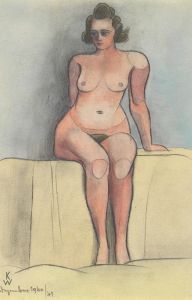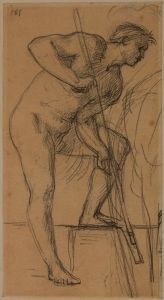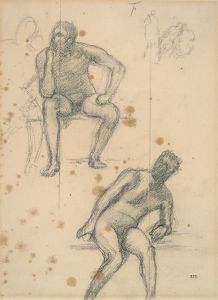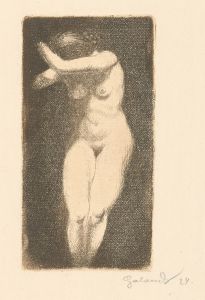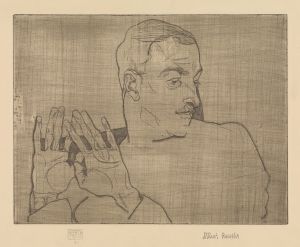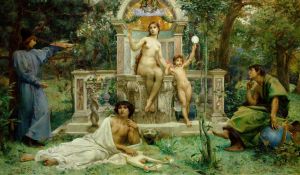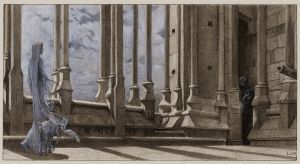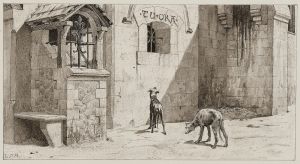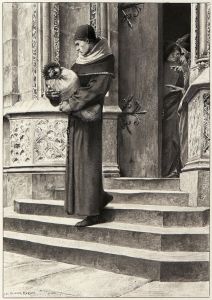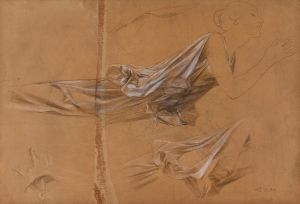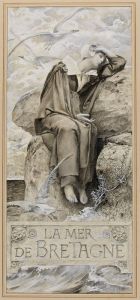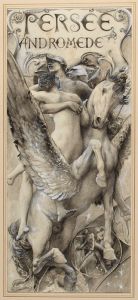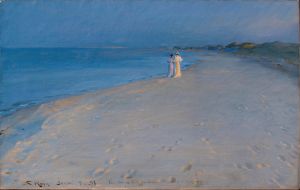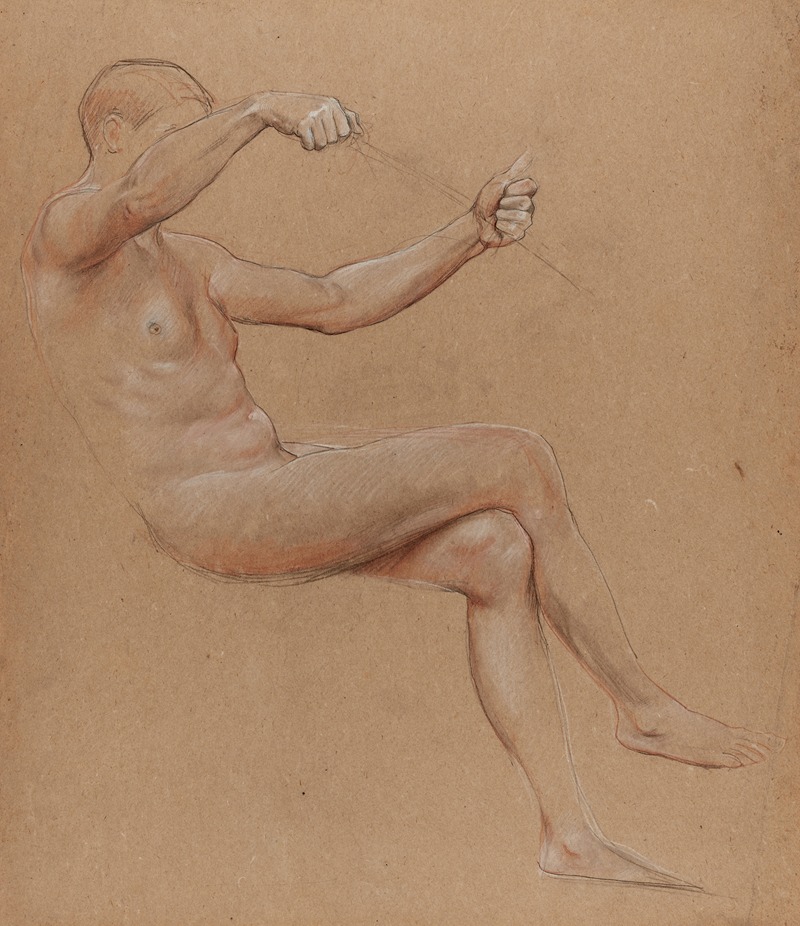
Etude de nu
A hand-painted replica of Luc-Olivier Merson’s masterpiece Etude de nu, meticulously crafted by professional artists to capture the true essence of the original. Each piece is created with museum-quality canvas and rare mineral pigments, carefully painted by experienced artists with delicate brushstrokes and rich, layered colors to perfectly recreate the texture of the original artwork. Unlike machine-printed reproductions, this hand-painted version brings the painting to life, infused with the artist’s emotions and skill in every stroke. Whether for personal collection or home decoration, it instantly elevates the artistic atmosphere of any space.
Luc-Olivier Merson was a notable French painter and illustrator, born in Paris on May 21, 1846. He was a prominent figure in the late 19th and early 20th centuries, known for his academic style and attention to detail. Merson's work often incorporated historical, religious, and allegorical themes, and he was highly regarded for his ability to blend realism with imaginative elements.
One of Merson's works is "Etude de nu," which translates to "Study of a Nude." This piece is an example of his skill in depicting the human form with precision and sensitivity. While specific details about "Etude de nu" are limited, it is consistent with Merson's broader oeuvre, which often included studies and sketches that demonstrated his mastery of anatomy and form.
Merson studied at the École des Beaux-Arts in Paris, where he was a pupil of the renowned painter and teacher Isidore Pils. His education and training were rooted in the academic traditions of the time, which emphasized rigorous study of classical techniques and subjects. This background is evident in works like "Etude de nu," where the focus on anatomical accuracy and classical composition is apparent.
Throughout his career, Merson received numerous accolades and was recognized for his contributions to the arts. He was awarded the prestigious Prix de Rome in 1869, which allowed him to study in Italy and further refine his skills. This experience influenced his artistic development and deepened his appreciation for classical art, which is reflected in his later works.
In addition to his paintings, Merson was also a prolific illustrator. He contributed illustrations to various publications, including books and magazines, and his work was characterized by its detailed and expressive style. Merson's illustrations often depicted scenes from literature, history, and mythology, showcasing his ability to bring stories to life through his art.
Merson's influence extended beyond his own work, as he also served as a teacher and mentor to other artists. He was appointed as a professor at the École des Beaux-Arts, where he shared his knowledge and expertise with a new generation of artists. His impact on the art world was significant, and his legacy continues to be appreciated by art historians and enthusiasts.
While "Etude de nu" may not be as widely recognized as some of Merson's other works, it remains an important example of his artistic skill and dedication to the study of the human form. Merson's ability to capture the nuances of the body and convey a sense of grace and elegance in his studies is a testament to his talent and training.
Luc-Olivier Merson passed away on November 13, 1920, leaving behind a rich body of work that continues to be studied and admired. His contributions to the arts, both as an artist and educator, have left a lasting impact on the world of art, and his works remain a testament to his skill and vision.





